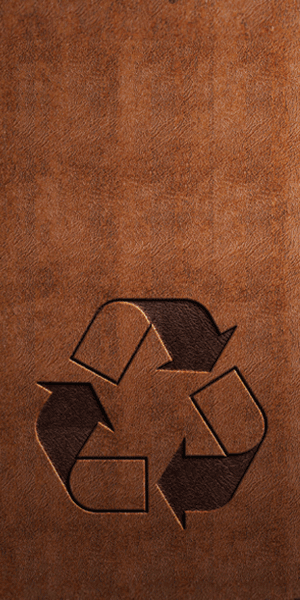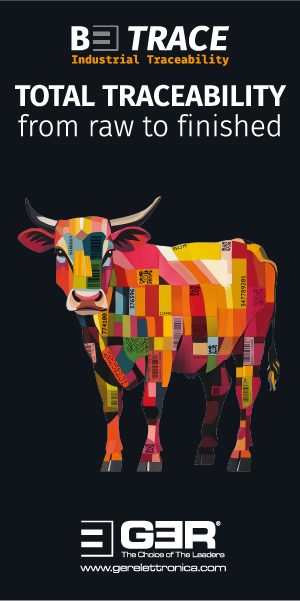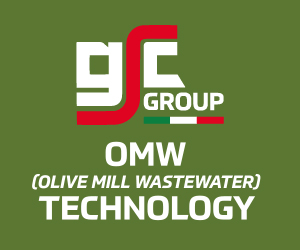Market Intelligence - 13.04.21
Macroeconomics
We are beginning to see on the horizon some signs of what the world will look like after the pandemic. What is already happening in China and other parts of Asia is beginning to show signs of happening in other parts of the world too. In particular the US, with a very quick and successful vaccination programme, people are starting to believe in a more normal life again. They are beginning to travel again, beaches are said to be more crowded and airlines are starting to receive more bookings for the coming months.
In Central and South America, though, the situation is far from being better and a period of even higher mortality might still be ahead. In Europe no clear direction can be seen. Lockdowns stop the spread temporarily, but when restrictions are lifted the numbers rise again. Vaccination programmes in most countries are still way behind what one would expect from one of the most developed regions of the world. However, by the end of April the pace and the numbers should finally rise to levels that will help the overall situation. People hope that summer weather, vaccinations and testing will bring them some normality again.
One cannot say that the global economy is suffering in the same way as ordinary people are in their private lives. Factories and businesses remain open, people are coming to work or are working from home and investments and private consumption might be suppressed, but they are quite strong in some regions and have recovered more quickly than many expected.
Nowhere is this more evident than in global trade and transportation. Shipping companies got the situation completely wrong. The need to transport masks and other protective equipment created an imbalance of empty containers, combined with far more consumer goods needing to be moved than the transport industry expected. Ships cannot be unloaded owing to labour shortages. Goods cannot be transported because of container shortages and supply chain managers cannot plan because they have no idea when goods and materials will arrive. The last nail in the coffin was the blockage of the Suez Canal, which showed how unstable and fragile the global supply chain is.
The investment community is showing high levels of optimism in stock markets. Many have reached record levels. The plans of the new president of the US, Joe Biden, to invest in infrastructure are very ambitious and will cost a lot of money. With hope of the end of the pandemic in sight in many parts of the world, tax rises are being discussed. Politicians are fighting hard against increasing interest rates because that would blow up many national budgets.
Global conflicts are visible again. China continues to flex its muscles, but also Russia believes that the pandemic has weakened the Western bloc and that the time may be right for it to make a number of moves.
The dollar ended its short period of strength with investors realising that the time for higher interest rates in the US has not come yet. Oil prices and precious metals have continued their moderate decline.
Leather Pipeline
The end of the first quarter of the year could prove to be a breaking point in the trends we have been seeing in recent months. The end of March is usually also the end of winter and sentiment can change, including in the leather pipeline.
Usually at the end of March people in the leather industry travel to Hong Kong to meet, greet, chat, argue, eat and drink together. Dynamic leather production over the winter usually means people travel to Hong Kong with optimism. Then, as the show progresses, the excitement usually begins to fade and if people don’t leave Hong Kong with sober feelings, these feelings usually come two weeks after the show when everybody has returned home.
In general, this is usually just part of the normal, seasonal ups and downs in leather production and consumption. The second and the third quarters are the ones when more planning and preparation take place and less production and selling. In 2021 this pattern might be even more pronounced than usual, because the last six month have been dominated by two major conditions. First, we started last season with one of the lowest price levels for raw material in history. Secondly, the pandemic has triggered a huge increase in demand in products for the home. This includes furniture and leather upholstery.
With a once-in-a-lifetime opportunity of buying raw material at record low prices, furniture manufacturers were able to grab a decent chunk of this consumer spending. Even today several manufacturers are still sitting on delayed order books that will keep them busy until the summer holidays. A strong recovery in the automotive industry played an additional role but vehicle manufacturing is usually also slower in the summer owing to production breaks in August and model changes that usually take place at that time of the year.
This situation has created a constant rise in prices and a shift down the pipeline with slowly falling raw material stocks. As raw material availability declines, sellers tend to become more ambitious in trying to squeeze as much as possible out of the market.
There was a real market frenzy until three weeks ago and prices were rising sometimes by as much as 10% in a week. This can’t go on for ever, especially as leather prices are far less elastic than raw material prices. One day and somebody has to put an end to it.
The situation has been extremely regional. Tanners and producers have been in very different positions since the pandemic started. The Chinese basically re-ran their activity after the global financial crisis of 2008. That crisis didn’t touch China and the leather industry there was ready to take full advantage, with support from the government. They were able to benefit from low raw material prices and they were able to resume production much sooner than their competitors in other parts of the world. The did the same in 2020.
For other tanners, in particular in Europe, the situation was different and it was several months later before they regained confidence and levels of business. By that time, the low-price raw material train was on the move and these tanners were late in trying to jump on board.
Purchasing and inventory management strategies played another very important role too. China is dependent on raw material imports and tanners there have to plan in advance, hold higher stocks and endure longer lead times. For them, high inventories are nothing unusual; they are part of their business. It was logical for Asian tanners to take much bigger raw material positions at much lower prices and this has offered them a tremendous market advantage in terms of prices and margins.
When we compare this with Europe, with a large part of the industry focusing on raw materials from European origins, we see a different scenario. Many European tanners changed a long time ago to a strategy of holding minimum physical stock and turnaround times of between four and six weeks. This is how the trade is organised and this is also how the suppliers operate. European tanners have little leverage against price variations. They run less risk when the market goes down and have less opportunity when the market goes up.
As long as the market trades in relatively narrow ranges, this does not matter too much. However, if the raw material prices only go in one direction, which has been the case in the last eight months, and this is followed by a sharp jump in the other direction, it becomes a real disadvantage. If you consider that the prices of many European hides has doubled, and in some cases even tripled, you can see what this means in reality.
It is not difficult to come to the conclusion that many tanners in China are sitting on a very comfortable average raw material price with still quite a number of hides on their way and under contract at reasonable price levels.
In the real world the raw material market has now climbed to very high levels, which still have some room before they reach the historical highs. However, the leather pipeline needs periods of adjustment to digest this. Packers’ dreams that the upward trend can continue is unlikely to become a reality.
It is too early to know for sure yet, but the indications are that the time for a pause has come. Tanners can count their money, check their stocks and match them up with orders to see the margins they can expect. Without a very substantial rise in leather prices, the present raw material levels cannot be justified. A number of large leather buyers are pushing hard for additional volumes and are trying to tease their leather suppliers with extensions to existing orders, but only if prices remain unchanged. Time will tell and in a few months from now we will know.
Whatever companies order now will only become finished products and go on sale after the summer. There is no way of knowing how the consumer is going to react and how sales are going to go.
The split market is still not really taking off as it should be with the trend in the hide market. We still have the same scenario of some niche products performing quite well, but the bread-and-butter business is only running well for very cheap items, not for mainstream articles. With increased tannery production, the market for gelatine and collagen products continues to be in a better balance.
In the sheepskin section, we are sticking to our prudent optimism. More skins are being sold and tanners now have to decide if they are going to secure sufficient volumes of new season lambs. The stocks of extra-cheap skins, which seemed to be endless, are beginning to run out. You can still make a lot of leather products from lamb, sheep and goat, products that have been made from bovine material since prices became exceptionally cheap last year. It always takes a while for the situation to change, but we see the start of it and the price difference between sheep and bovine material is still too wide. Wool prices have gone up moderately.
Like the weather forecast it is difficult to make a serious prediction for the market in April. We think we are close to the peak of the trend. It’s time for a readjustment, it’s time for a settlement and it’s time to sit down and to make a serious evaluation of what can be expected for sales of leather products in the second half of the year. Will they be popular when the shops reopen and travel returns? Will vehicles equipped with leather see an additional push when people can leave their homes again? Can we see another strong upholstery season for next winter? Can the massive price rises for raw materials, chemicals and transport be passed on sufficiently to the consumer?
It’s necessary to clarify if the strong performance of the leather pipeline in the past three months has been triggered by replenishment or by serious consumer demand and sales. These and many other questions have to be discussed in companies and each will make its own conclusion. The current leather season is now on the final lap and all these problems and questions need to be seriously discussed and answers have to be found if we are to take the right decision for the season ahead.












